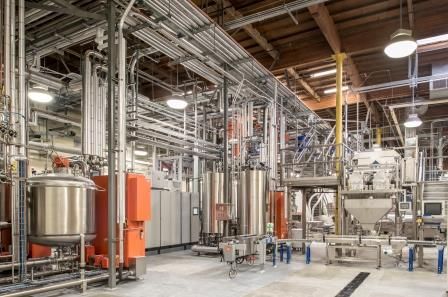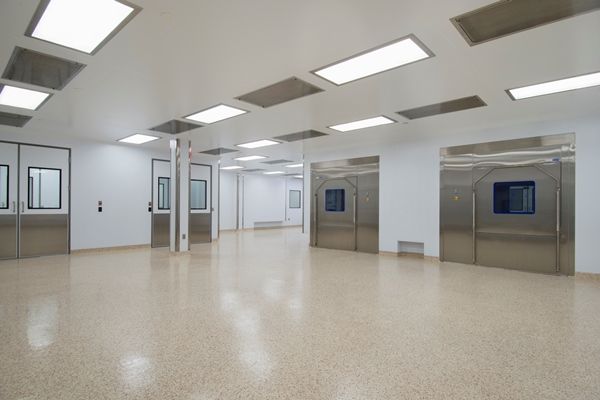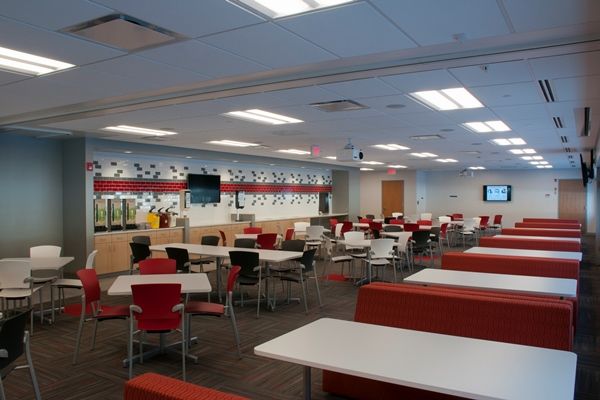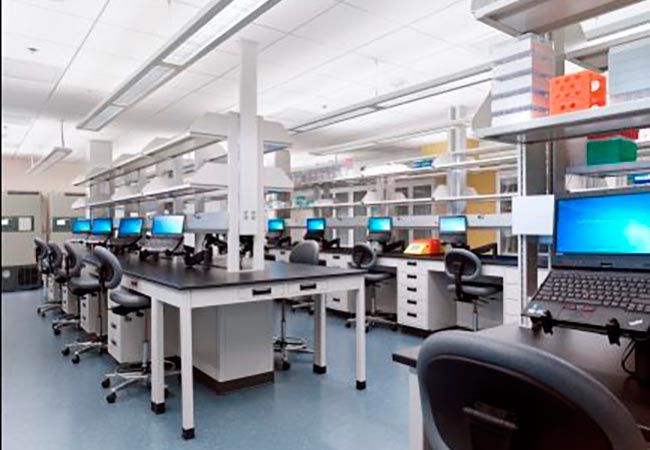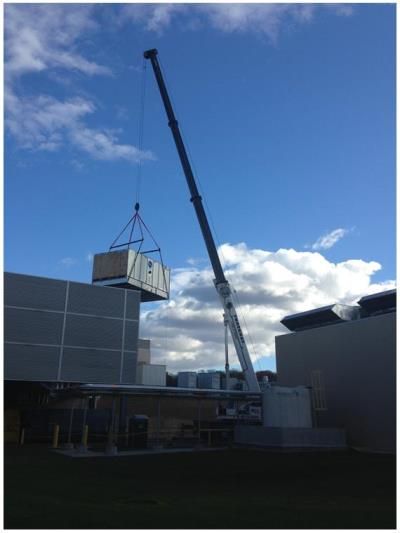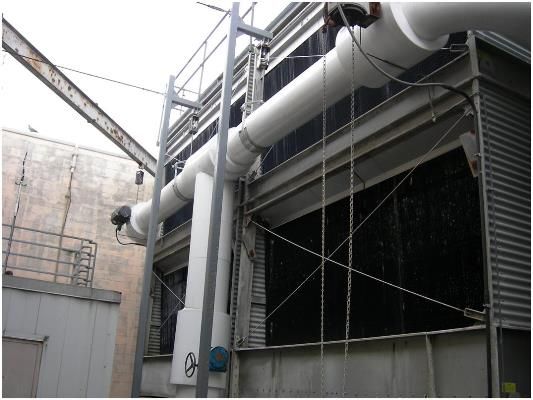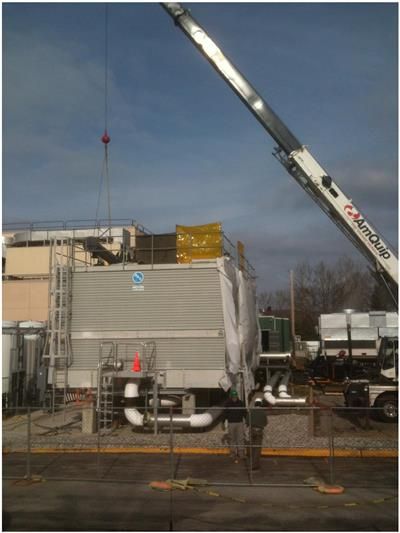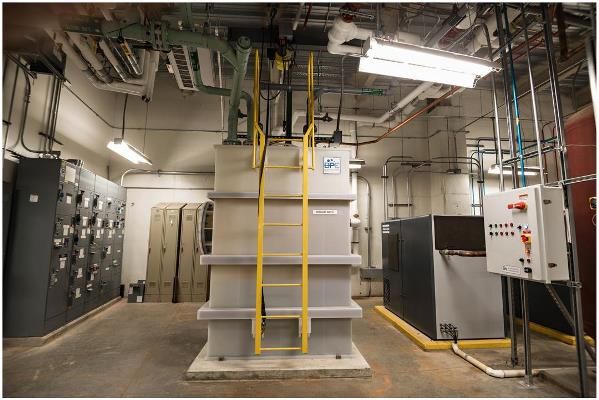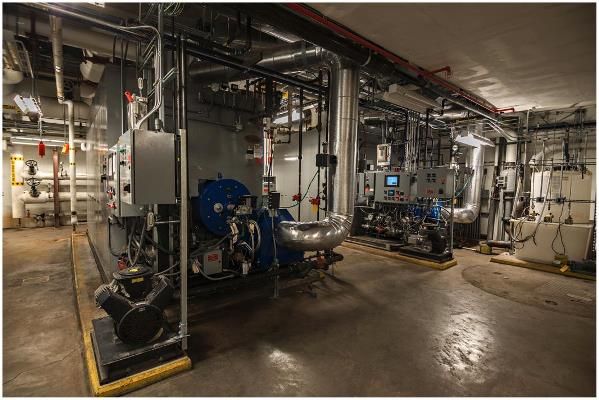Month: August 2015
The Mogul #3 Installation consisted of three major areas of new construction: installation of a new production line, exterior equipment installation and interior equipment installation and infrastructure upgrades. All three areas were constructed while the existing facility remained in operation with no disruption except for an essential shutdown. A 36 hour site wide shutdown was necessary to perform load shedding from existing switchboards to newly furnished and installed switchboards to feed the new production line. The shutdown required coordination between two other tenants at the...
DPT Laboratories – Washroom Prep Suite
Cyma Builders & Construction Managers was selected by DPT Laboratories for a multi-component project to build a new Wash Prep Suite along with a Critical Utility Plant in support of ongoing operations and future expansion plans.
The Equipment Wash Prep Suite ($5,250,000.00/5,000 SF) involved the construction of a new wash room to support current and future filling operations as well as the construction of new utilities to support the future expansion needs of the facility. The wash room was constructed using the AES modular clean room system, and includes Grade C and D spaces. A new...
Johnson & Johnson – Animas/Life Scan Chesterbrook Building 965
Johnson & Johnson – Animas/Life Scan Chesterbrook Building 965
The Animas/Life Scan Chesterbrook Building 965 Renovations was a multi-faceted project with the overall goal of upgrading multiple components of the existing building workspace and employee areas. From the project outset, Cyma Builders worked closely with the design team to develop a project scope that worked within an available budget. Approximately 25,000 SF of the 3 story, 125,000 SF building was renovated, without any impact to the active office facility. Numerous portions of the building were upgraded for a...
Johnson & Johnson – Laboratory & Office Consolidation/Relocation
Cyma Builders was selected as the construction manager for a programmatic effort to relocate an existing R&D facility located in Radnor, PA to Malvern, PA and Spring House, PA. The Malvern renovations consisted of a complete renovation to 35,000 SF of an existing Warehouse and Office Building to construct new Analytical Labs, Formulations Labs, API Bioreactor Suites, Wash Room Facility, API Freezer Farm, Hazardous Storage Space, Mechanical Room, and Office Space, as well as the addition of 16,500 SF of new asphalt parking lot space. Existing cryofreezer farms in the existing building...
Confidential Client – Cooling Towers 5 & 6 Replacement
Following replacement of the four (4) original cooling towers, this Fortune 500 Pharmaceutical company proceeded with assessment of the remaining cells. These units were also determined to be operating well below original design capacity. Replacement was deemed the best option as the towers were located in a more accessible location. Two (2) new 3,000 GOM Baltimore Air Coil Units were received and rigged into place. The scope include re-installation of all supply/return header piping and heat tracing, along with installation of new fan VFD’s.
Spring House, PA
Confidential Client – Cooling Towers 1, 2, 3 & 4 Refurbishment
This Fortune 500 Pharmaceutical company’s Spring House campus condenser water loop is supported by six (6) cooling towers, four (4) of which were original construction to the CUP Plant. Due to dropping efficiency and overall age of wearable components, cooling tower overhaul was necessary. The refurbishment option was chosen in lieu of full replacement due logistical difficulties. Replacement of all existing cooling tower wearable parts including PVC fill, sheaves, bushings, shafts, bearings, belts, nozzles, and motors to provide 95% efficiency. Cells 1 & 2 and 3 & 4 were isolated...
Confidential Client – M4 Cooling Tower Upgrades
This Fortune 500 Pharmaceutical company’s high volume, pharmaceutical production facility had ongoing issues with their 20 year old 800 ton cooling towers breaking down, which not only impacted the comfort of building occupants but also the supply of process chilled water to manufacturing equipment. Working in conjunction with both the cooling tower manufacture’s rep and Genesis Engineers, Cyma was contracted to provide an expedited refurbishment under an EPCM platform.
Due to the 24/7 operations of the facility, a shutdown of chilled water supply was intolerable. A set of 500 ton...
Confidential Client – B42 Waste Neutralization
In 2008, this Fortune 500 Pharmaceutical company completed construction on a new R&D facility (B42 – Research Center 1) at their Spring House campus. This building was designed with standalone utility and waste systems that operated independent of the existing site CUP. In 2012, the site started experiencing issues with high levels of copper in effluent being let from the site. It was determined that improperly designed HVAC system were the culprit; however, the issue prompted the site to consolidate their Process Waste Neutralization to the existing Plant located onsite, rather than...
Confidential Client – B42 Boiler Upgrades
This Fortune 500 Pharmaceutical company’s B42 in Spring House, PA was supported by three (3) boilers equipped with burners that had become obsolete. Additionally, one of the burners failed due to consistently operating at extremely low turn-down, below what the equipment was designed to support. These boilers supported several central utilities critical to building operation, including humidification, hot water reheat, lab hot water and domestic hot water. Cyma Builders furnished and installed new Johnson Burners on the boilers during controlled shutdown to limit operation risk to the...
